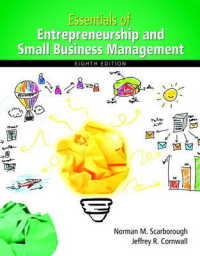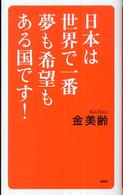- ホーム
- > 洋書
- > 英文書
- > Literary Criticism
基本説明
This book discusses the ways economic developments found expression in works by Spenser, Shakespeare, Marlowe, Donne, and Nashe.
Full Description
The Face of Mammon studies the gold and silver coins of sixteenth-century England as they are articulated in literary writing. Landreth argues that the coinage of the sixteenth century is a very different object from the money that we know-- not only formally but conceptually, in that modern money is the object proper to a discourse, economics, that had not yet taken shape in the sixteenth century. Instead, a Renaissance coin is an arena contested among multiple early modern discourses that each seek to encompass it, such as ontology, ethics, and politics. The writers central to this study--among them Spenser, Marlowe, Shakespeare, Nashe, and Donne--use the coin to demonstrate the interdependence of these competing discourses as they converge upon a single, ubiquitous object. For these authors, an understanding of the world that humans make for themselves relies upon understanding how the material world is made. The small circumference of the coin brings these contending worlds into contact.
Contents
Acknowledgments ; Introduction: Mammon in the Tudor Common Wealth ; Chapter One: At Home with Mammon: Matter, Money, and Memory in The Faerie Queene and The Jew of Malta ; Chapter Two: Monetary Policy in King John and Measure for Measure ; Chapter Three: Dismembering the Ducat in The Merchant of Venice ; Chapter Four: Wit without Money in Donne and Nashe ; Afterword: Before Economy ; Appendix: Tudor monetary units ; Works cited ; Index








